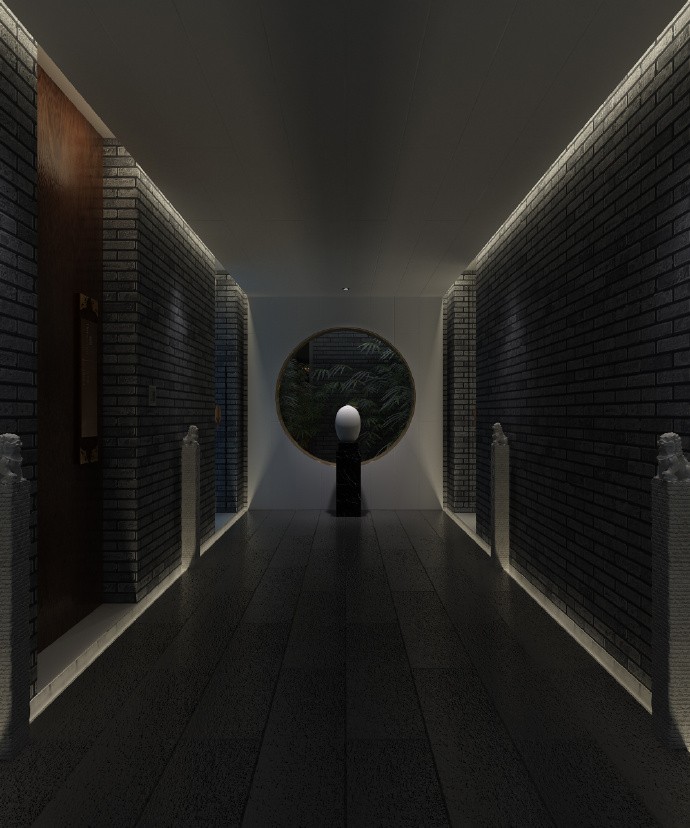Puckapunyal Military Area Memorial Chapel BVN Architecture
2011-07-06 00:00
Text description provided by the architects. Design Statement
这个礼拜堂重新解释了礼拜场所,反映了传统的神圣空间,同时满足了一个富有挑战性的简报-在一个富有同情心的当代环境中容纳多种宗教信仰。每个空间的组成都要仔细考虑,包括它的用途、重要性、触觉性、光性和体验性。三个内部庭院是建筑内部建筑的组成部分,为礼拜者和社区提供沉思或活跃的空间。所选择的材料-锌、石头和木材-适合于公共建筑,并具有生命周期效益。该项目的公共服务可持续发展原则包括:将澳大利亚2007年建筑规范中概述的非办公建筑能源目标提高20%,相当于4.5星级ABGR评级;减少30%的用水;以及将70%的建设和拆除废物从垃圾填埋场转移出去。机械、电气和水力的使用都是通过电子方式进行计量,并与大厦管理系统连接,同时收集雨水用于冲厕所。使用高性能的玻璃和照明控制系统可以减少能源消耗.
This chapel reinterprets the place of worship, reflecting the traditional sacred spaces while meeting a challenging brief – to accommodate multiple religious faiths in a sympathetic, contemporary environment. The composition of each space is carefully considered, including its use, materiality, tactility, light and experiential quality. Three internal courtyards are integral to the interior architecture of the building, providing contemplative or active spaces for worshippers and the community. The chosen materials – zinc, stone and timber – are appropriate to a public building and have life cycle benefits. The project’s ESD principles include a 20 percent improvement on the energy targets outlined in the building code of Australia 2007 for non-office buildings, equivalent to a 4.5 star ABGR rating; a 30 percent reduction in water use; and 70 percent of the project’s construction and demolition waste diverted from landfill. Mechanical, electrical and hydraulic use are electronically metered and linked to a building management system, while rainwater is collected for toilet flushing. The use of high-performance glazing and lighting control systems reduces energy use.
Sustainability Advancement
该项目展示了实现多重可持续性成果的一致和模范做法。特别是,综合办法明确涉及所有五项授标标准。从经过深思熟虑和知情的材料到低影响的产品和高效率的服务,该项目强调了在没有明确的“生态”美学的情况下如何表达可持续性。该项目的基本宗旨和职能还有助于更深刻地认识到不同文化和信仰的社会可持续性。
This project demonstrates a coherent and exemplary approach to achieving multiple sustainability outcomes. In particular, the integrated approach clearly addressed all five award criteria. From considered and informed materials through to low-impact products and efficient services, the project highlights how sustainability can be expressed without an explicit “eco” aesthetic. The project’s essential purpose and function also contribute to a deeper notion of social sustainability that is mindful of diverse cultures and beliefs.
在军事领域实现这种类型的室内设计为公共设计开创了一个新的先例。礼拜堂谦卑地坐落在它的场地内。庭院是精致的结合,提供了宁静的空间,从那里可以看到周围的景观。虽然空间是相互关联的,但三维形态为私人沉思提供了亲密的尺度和场所。它表现出对自然的敏感性-包括人类和环境-这是适合于多教派教堂的。对ANZAC历史的引用是通过对材料和形式的微妙操纵来描述的。
Achieving an interior of this type in a military area sets a new precedent for public design. The chapel sits humbly within its site. The courtyards are exquisitely integrated, providing tranquil spaces from which to view the surrounding landscape. Although the spaces are interconnected, the three- dimensional form provides intimate scale and places for private contemplation. It displays a sensitivity to nature – both human and environmental – that is appropriate for a multi-denominational chapel. References to ANZAC history are portrayed through subtle manipulation of material and form.
 举报
举报
别默默的看了,快登录帮我评论一下吧!:)
注册
登录
更多评论
相关文章
-

描边风设计中,最容易犯的8种问题分析
2018年走过了四分之一,LOGO设计趋势也清晰了LOGO设计
-

描边风设计中,最容易犯的8种问题分析
2018年走过了四分之一,LOGO设计趋势也清晰了LOGO设计
-

描边风设计中,最容易犯的8种问题分析
2018年走过了四分之一,LOGO设计趋势也清晰了LOGO设计
















































